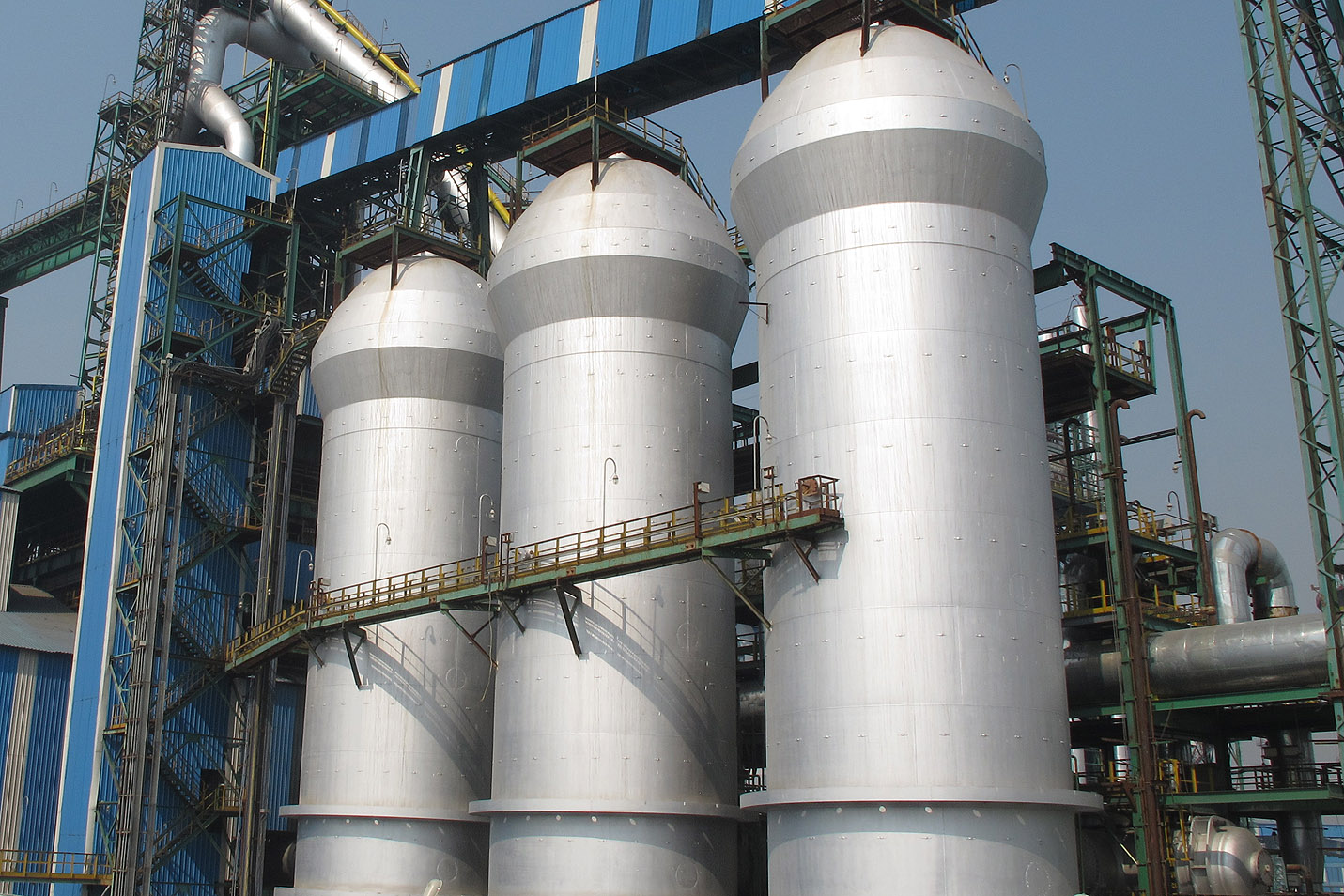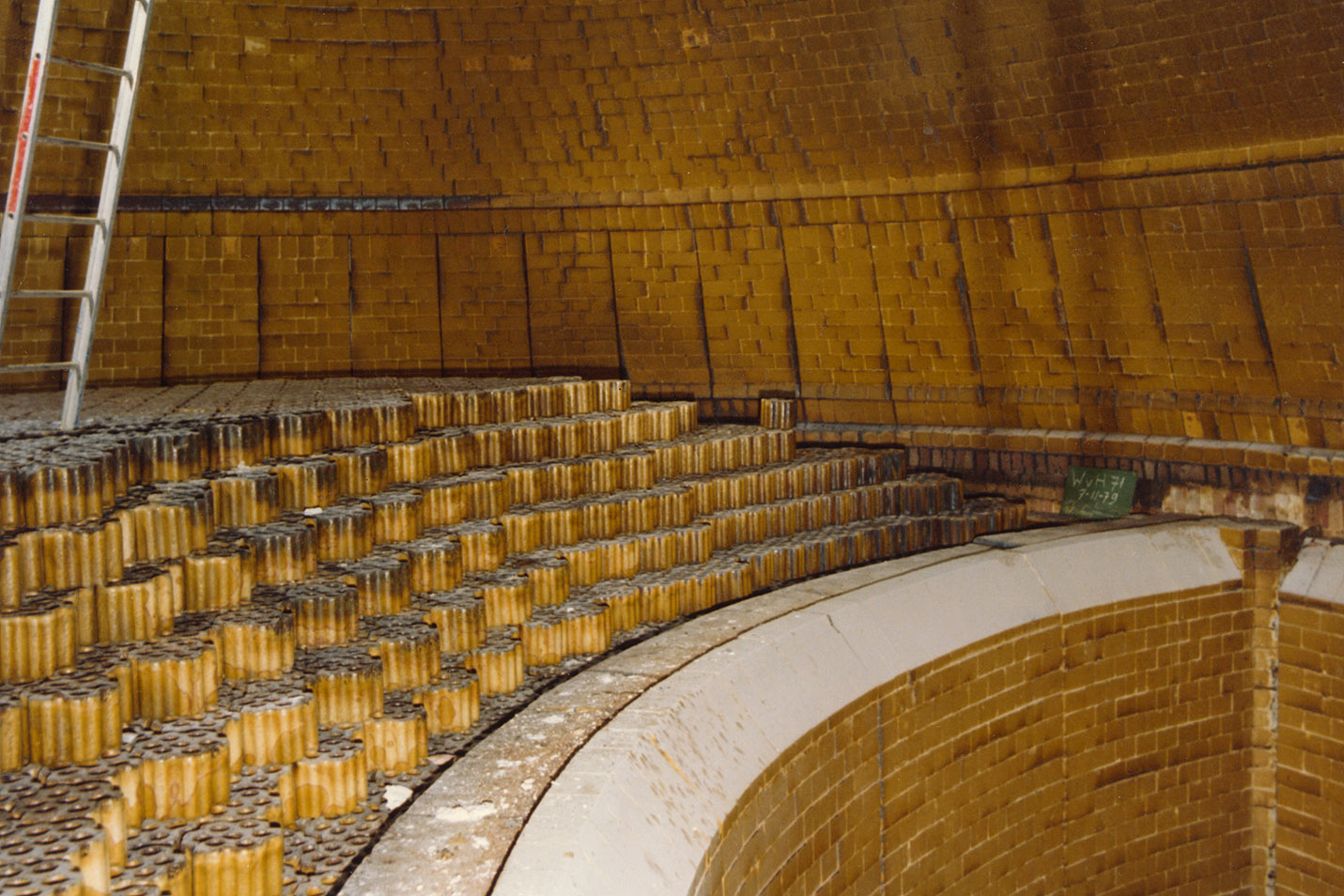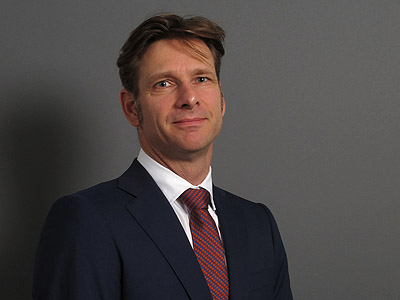The hot blast systems used by the global steel industry operate according to a regenerative heat exchange process. The cyclic nature of this process imposes highly dynamic conditions on the refractory design. The tendency to move towards higher online hot-blast temperatures has made the refractory design even more critical because continuous operation at these high temperatures requires exceptional stability of the steel shell and refractories.
To meet the challenges of the cyclic nature of the process, Danieli Corus hot blast stove technology features design details that enable secure, continuous operation during service over 30 years. The domes have an inverted catenary shape, which is statically stable. Cracks around the transition from ring wall to dome are prevented by implementing a freestanding dome that allows free vertical expansion of the ring wall. The internal partition wall has intermediate insulation layers to reduce thermal stresses caused by the steep temperature gradient between the burner side and the checkerwork side of the wall. Expansion allowance reduces mechanical stresses and heat-resistant metal sheets are applied to eliminate gas leaking. Intercrystalline stress corrosion is prevented by applying a coating. A burner design with clean combustion and equal heat distribution contributes to refractory stability, and of the checkerwork in particular. Danieli Corus has developed a ceramic burner that is mechanically fully independent from the rest of the stove’s refractory construction. These burners have a proven service life of over 15 years and operate with minimum emissions.
With Danieli Corus, the selection of a hot blast system design is a once in a lifetime decision:
- Over 30 years of service at full capacity, with maximum efficiency and minimized emissions
- Independent inspection and testing of 100% of the refractory supplies
- Long history of hot blast system assessments and surveys








